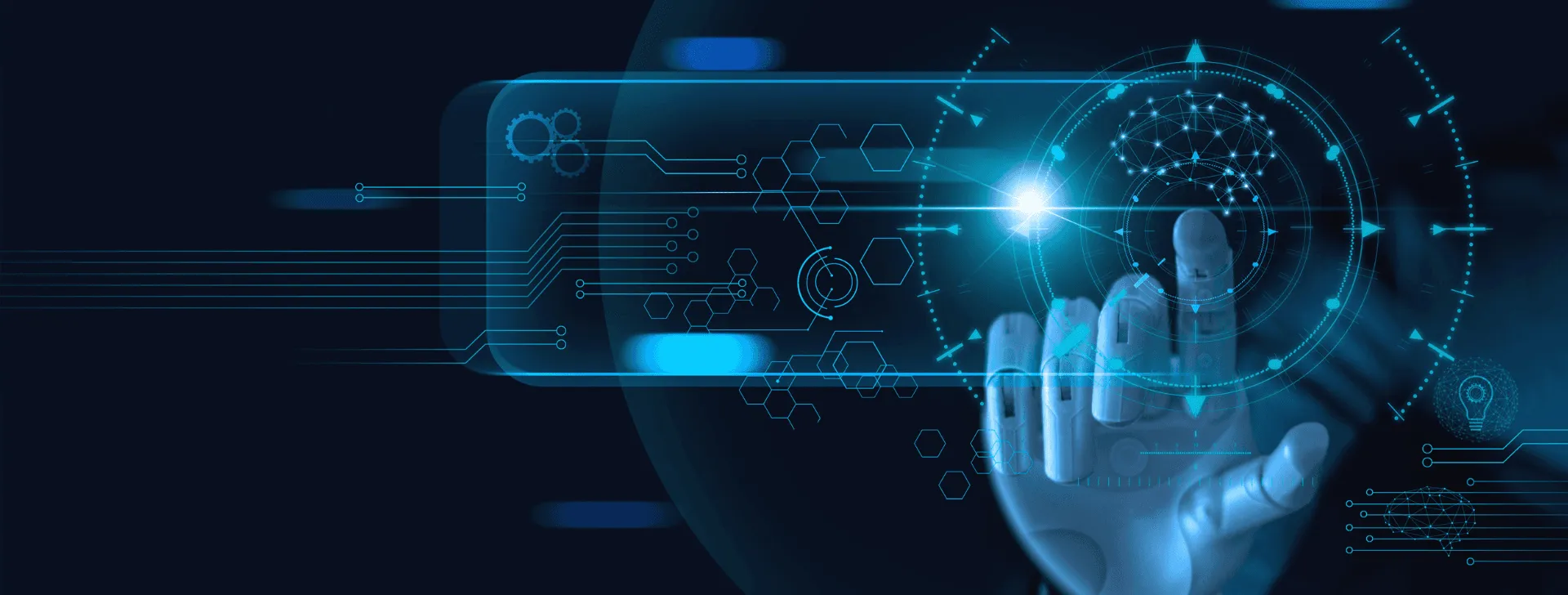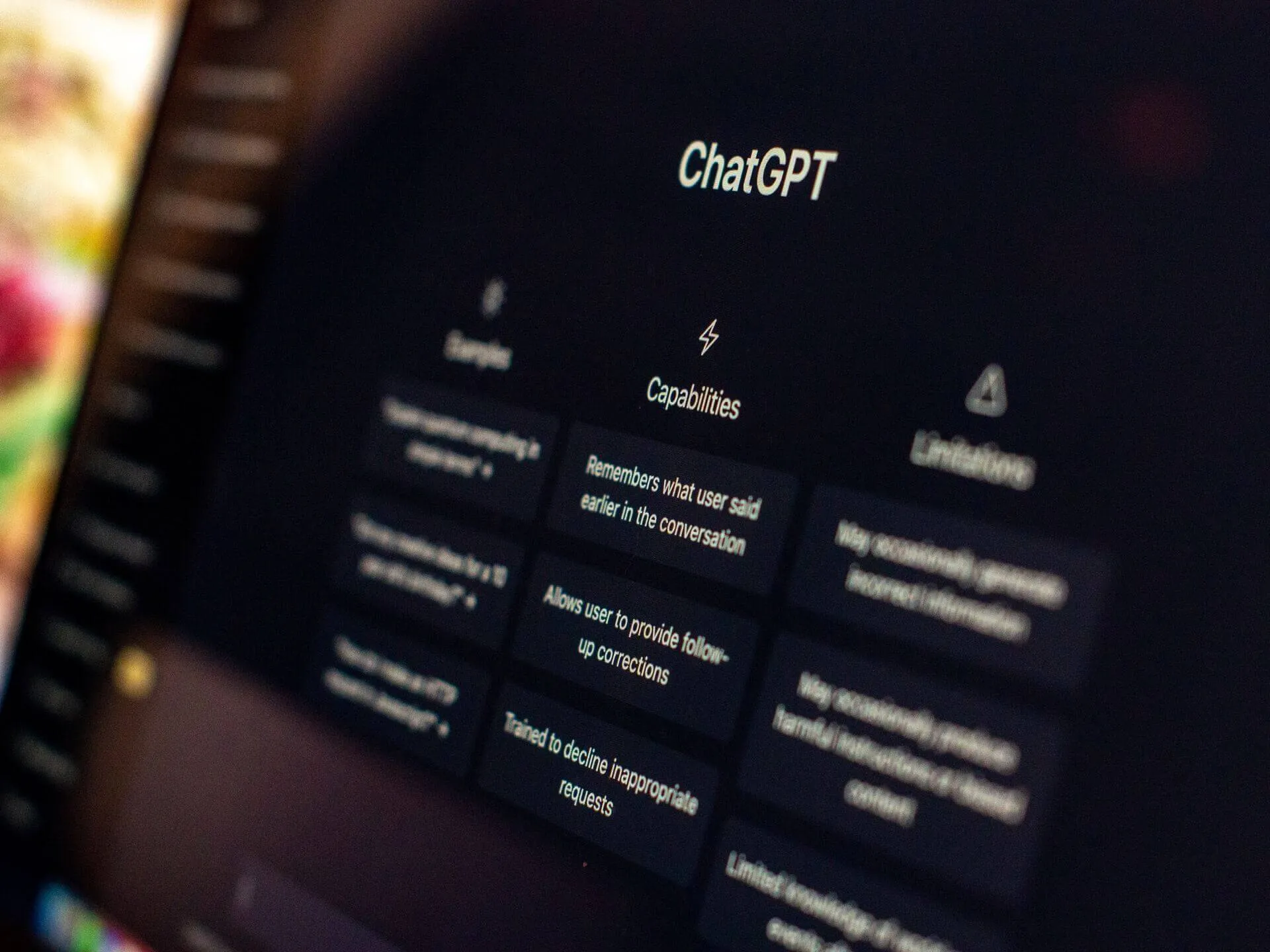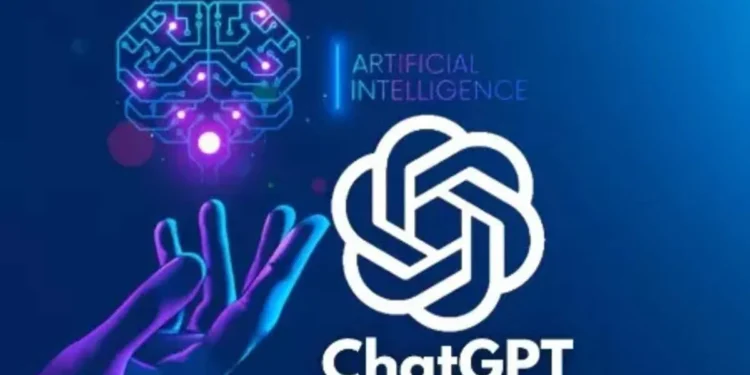OpenAI is entering a new era, one where its dual identity as both a groundbreaking AI lab and a tech giant with big-business ambitions is becoming increasingly apparent. With the rise of generative AI and the success of ChatGPT, OpenAI has solidified its position at the forefront of the AI revolution. However, this transformation comes with a shift in focus, from revolutionary technologies to business strategies aimed at creating long-term user loyalty and domination of the AI ecosystem.

The Two Faces of OpenAI: Innovation Meets Corporate Strategy
OpenAI’s rapid evolution reveals a company balancing its ambitious AI research with the pragmatic realities of building a tech business. On one hand, OpenAI is responsible for creating some of the most advanced AI systems in the world, including ChatGPT, a chatbot that has sparked a global conversation about the future of artificial intelligence. This version of OpenAI represents the promise of AI that could surpass human capabilities, eventually leading to what some call “superintelligence.”
On the other hand, there is the OpenAI that is becoming more like the tech giants it once sought to disrupt. It’s a company that is keenly aware of the importance of keeping users engaged within its ecosystem. The addition of features like an “image library” and the ability to “reference” past chats is just the beginning. OpenAI is playing the long game, positioning itself as a key player not just in the AI race but also in the tech landscape.
Creating Ecosystems: The Key to Retention
In the world of tech giants, success is often built on creating ecosystems that keep users locked in. Apple’s iPhones, MacBooks, and iCloud services work seamlessly together, making it hard for users to break free. Google’s suite of products—from Search to Android devices—forms a similar walled garden. OpenAI is learning from these models, albeit with a unique twist.

While chatbots like ChatGPT are relatively easy to switch between (just open a new tab and use a different service), OpenAI is working to build a more connected experience that encourages users to stay within its ecosystem. As OpenAI’s CEO Sam Altman recently claimed, the company’s products boast around 800 million weekly users—a number that gives it a significant advantage in the battle for user loyalty. This massive user base is crucial for OpenAI, as the company is competing not only with other tech giants like Google but also with newer startups that continue to flood the AI space.
Strategic Moves to Lock Users In
Building an AI ecosystem is not just about creating great products; it’s about creating products that people feel they can’t live without. OpenAI’s decision to offer college students two months of free access to a premium tier of ChatGPT is a clever move to foster long-term loyalty. This mirrors strategies used by other tech companies in the past—like Hulu offering free content or YouTube providing ad-free experiences—to build a user base that will be reluctant to leave once they’ve invested time and effort into a service.
This strategy isn’t just about keeping users satisfied; it’s also about collecting valuable data. OpenAI’s chatbot interactions are a goldmine of user data—images, conversations, and preferences—that can be used to improve the service and personalize the experience. This data-driven approach helps OpenAI compete with other AI companies, making it harder for users to switch to a rival service. In the long run, this could create an ecosystem that users feel tied to, even if a competitor offers a “smarter” chatbot.
OpenAI’s Profit Shift: From Nonprofit to Tech Titan
Once a nonprofit organization with lofty ideals about developing AI that benefits humanity, OpenAI has increasingly shifted toward a profit-driven model. Last year, OpenAI reported a loss of over $1 billion, underscoring the challenges of funding such an ambitious venture. As the company continues to develop groundbreaking technologies like AI-driven drug discovery, the need to generate revenue from everyday users becomes more pressing. This shift is an essential part of OpenAI’s survival strategy, ensuring that the company can continue its work while staying afloat financially.

OpenAI’s transition from nonprofit to profit-oriented corporate structure highlights the delicate balance between pushing the boundaries of AI technology and ensuring the company’s long-term viability. The monetization of its products is essential to fund future innovations while ensuring that the company doesn’t become another Silicon Valley startup that burns through cash without generating sustainable revenue streams.
Competing with Giants: OpenAI Faces the Challenge of Ecosystem Building
OpenAI’s biggest challenge, however, is its lack of a pre-existing ecosystem. Unlike Google or Apple, which already have robust product lines that can incorporate AI seamlessly, OpenAI must work from the ground up. Companies like Anthropic and Meta have already taken different approaches to building AI ecosystems. Anthropic, for instance, has integrated its Claude chatbot into Gmail, Google Docs, and Google Calendar, leveraging an existing ecosystem. Meta has made its Llama AI models available for free, hoping to become the standard for software engineers. OpenAI plans to follow suit with an open model later this year, hoping to strike a balance between keeping users locked into its ecosystem while also making its AI available to the wider developer community.
The competition is fierce, and while OpenAI has made significant strides, it remains to be seen how it will carve out its own unique space in the tech world. Will it succeed in building a loyal user base by offering innovative products and services, or will it struggle to maintain its edge as new AI companies continue to emerge?
The Future of Generative AI: A New Chapter in Tech?
At its core, the rise of generative AI is not so different from the past evolution of the internet and tech gadgets. Chatbots like ChatGPT are quickly becoming just another tool that users rely on for everyday tasks—much like how smartphones, laptops, and social media platforms have become integral parts of our lives. As more and more personal data is collected through chatbot interactions, AI-driven services will become increasingly tailored to individual needs, with targeted advertisements and personalized recommendations becoming the norm.

However, there is a darker side to this growing dependence on AI. Much like social-media platforms rely on content moderators to filter harmful posts, AI companies have become dependent on labor-intensive processes to build their training datasets. If OpenAI ventures into launching a social media platform or a new hardware device, the lineage of tech giants exploiting labor to fuel their products will become impossible to ignore.
In conclusion, OpenAI’s evolution from an idealistic nonprofit to a major tech player is a reflection of the broader trends sweeping through the AI industry. The question remains: Will OpenAI’s two identities—the visionary AI lab and the profit-driven tech giant—ultimately coexist, or will one of them come to define the company’s future?










